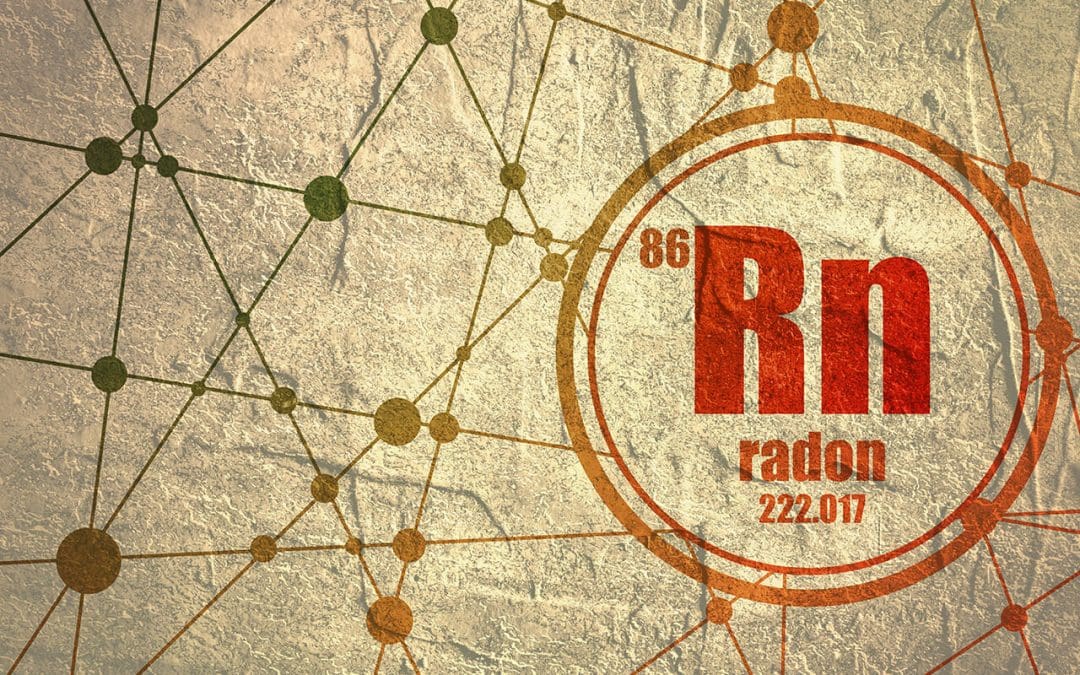Radon is a naturally occurring gas that is released from the soil as uranium decays. It can seep into buildings through openings in the foundation and floor, slowly accumulating to dangerous levels. Unfortunately, exposure to radon can result in severe health complications. In fact, radon is the second leading known cause of lung cancer. Read on to learn about the benefits of having your home tested for radon.
Why Radon Is Dangerous
In simple terms, radiation can cause cancer. Although small doses of radiation are generally harmless, long-term exposure to high levels can cause damage to your DNA. Radon, like other radioactive substances, releases high-energy waves and particles capable of damaging the cells in our bodies. According to research, breathing in radon exposes the cells in your lungs to radiation. The higher the levels of radon in your home, the greater your risk of developing lung cancer.
Along with seeping into your home, radon can also contaminate your water supply if you have a private well on your property. While this risk is comparatively lower than radon in the air, water can release radon gas when used and increase the risk of stomach cancer. Having your home tested for radon is the only way of knowing whether you’re at risk.
In the United States, radon is estimated to be responsible for more than 20,000 fatal cases of lung cancer each year. But since many people inhale both radon and cigarette smoke every day, it’s difficult to narrow down the exact number of lung cancer cases linked directly to radon.
How Much Radon Is Too Much?
With regard to radon gas levels, anything above 4 pCi/L is considered dangerous, according to the EPA, and should be mitigated. The higher the concentration level, the greater the risk of lung cancer.
Why You Should Have Your Home Tested for Radon?
By having your home tested for radon, you can determine whether you have unhealthy levels of the gas. Radon tends to be distributed unevenly, meaning the level of radon in your home might not match the levels found in the neighboring houses. You can’t be sure of radon levels unless you have your home tested for radon. Radon gas enters from below via openings in the foundation and floor, which is why upper building floors usually have comparatively lower levels of radon.
How to Test Your Home for Radon
While indoor radon concentrations can always be lowered through a mitigation system, you’ll have to check the level of radon in your home first. To do this, you can either hire the services of a professional or purchase a DIY testing kit. Hiring an expert is the best choice for a number of reasons. For starters, certified professionals have the expertise to analyze the results and to identify how the gas may be entering the building. Many folks who try the DIY method make mistakes operating the test and end up wasting their money.
Like many homeowners, you may not have thought about having your home tested for radon. But now that you know how important it is, you should contact a radon professional as soon as possible to test the levels of radon in your home.
Encompass Home Inspection Service serves South Jersey and Southeastern Pennsylvania with home inspection services and professional radon testing. Contact us to book an appointment.

